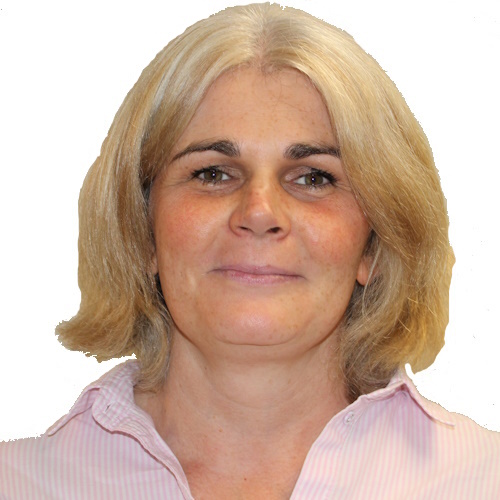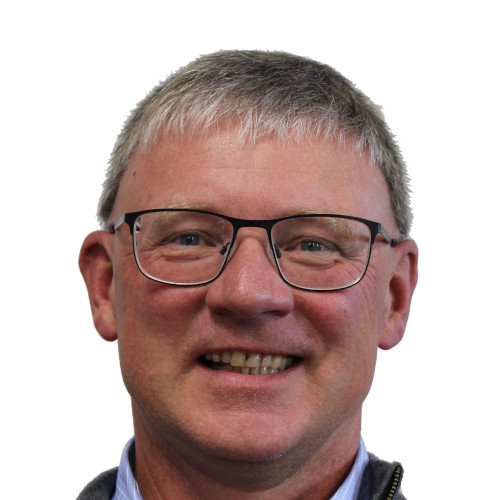Our environmental team focuses on shallow groundwater systems and the wider environment those systems interact with.
We have particular expertise in research and consulting for groundwater and surface water quality and quantity management. Our experience in understanding interactions between the shallow groundwater systems and the surface (surface water or land, leaching, spring discharges, groundwater/surface water interaction) makes the Lincoln Agritech environmental team uniquely placed to help to solve current water resource and environmental issues.
Our science broadly falls into in three main work areas:
Hydrological processes
Our key research focus areas seek to unravel the hydrological pathways and processes that connect our land to waterways through intensive monitoring, experimentation, and modelling. We believe that understanding variability in flow and flow times of groundwater systems including groundwater/surface water interaction is vitally important in managing water resources. Our research uses a wide range of geophysical methods and tracers (temperature, radon) combined with fully coupled hydrological models to conceptualise and calculate recharge from braided rivers.
Using geophysical methods we are able to consider the structural heterogeneity of the subsurface environment in hydrological modelling. We have recent experience using catchment-scale airborne geophysics (SkyTEM) and transect-scale ground-based geophysics (t-TEM, GCM). We then use the collected data to deploy unsupervised machine learning algorithms to cluster zones of similar resistivity.
Our modelling expertise includes using deductive and inductive modelling approaches to estimate water flows from land to surface water bodies across all relevant pathways (modelling packages we are currently using include StreamGEM, SWAT-Modflow and BACH modelling). We are also undertaking research to explore spatiotemporal variation of stream flow, water chemistry and water age.
Freshwater biogeochemistry
Lincoln Agritech staff have experience using a range of field investigation and modelling techniques. We can elucidate the processes determining the groundwater redox status and its denitrification potential, as well as land use and climate-change impacts on the quality of groundwater and surface waters.
Mitigating agricultural pollution
We use synoptic sampling methods at a number of field sites, which allows us to get a snapshot of spatial variation at a range of flow conditions, catchment and sub-catchment resolution.
We are currently conducting research on woodchip bioreactor design to enable maximum nitrate removal, while ensuring that undesirable side effects (odour, greenhouse gas emissions) are minimised.
Our expertise in high-frequency monitoring (concurrent flow and nitrate monitoring) is also being used at several of our research sites at high temporal resolution, to understand catchment and/or sub-catchment scale processes, but also to understand processes within the bioreactor research study.
The Team
-

Adam Hartland
Senior Scientist -

Antoine Di Ciacca
Post-Doctoral Modelling Scientist -

Brian Moorhead
Technician -

Helen Rutter
Senior Research Scientist -

Jeff Lang
Postdoctoral Researcher, Environmental Research -

Juliet Clague
Scientist -

Jungho Park
Data & Modelling Scientist -

Linda Robb
Field Research Scientist -

Roland Stenger
Principal Scientist, Environmental -

Scott Wilson
Hydrogeologist -

Simon Pollock
Group Manager, Environmental Research -

Thomas Wöhling
Senior Research Scientist



